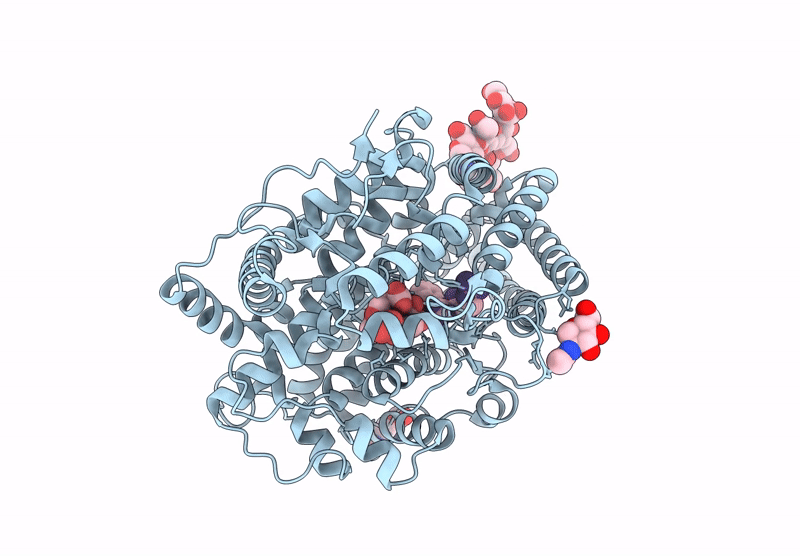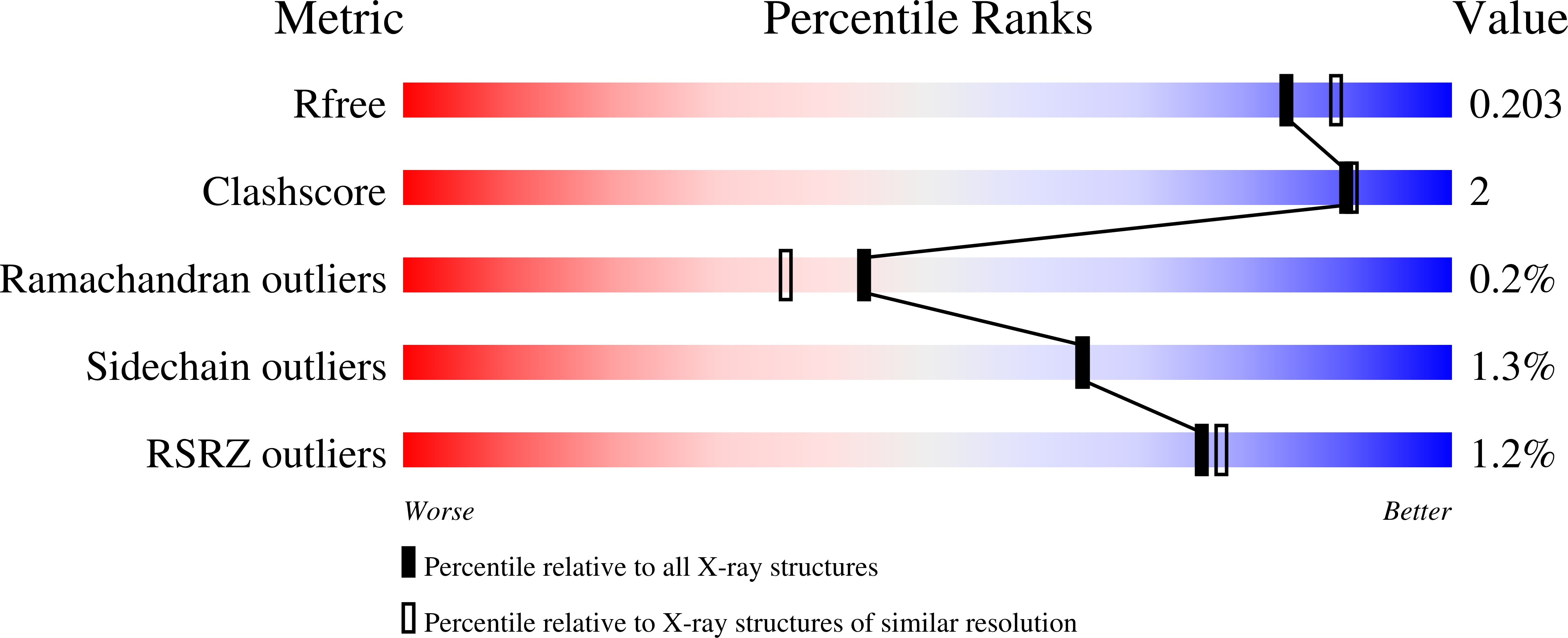
Deposition Date
2025-02-27
Release Date
2025-05-14
Last Version Date
2025-05-14
Entry Detail
PDB ID:
9QA2
Keywords:
Title:
Drosophila melanogaster angiotensin converting enzyme homologue, AnCE in complex with RW dipeptide
Biological Source:
Source Organism:
Drosophila melanogaster (Taxon ID: 7227)
Bos taurus (Taxon ID: 9913)
Bos taurus (Taxon ID: 9913)
Host Organism:
Method Details:
Experimental Method:
Resolution:
1.90 Å
R-Value Free:
0.20
R-Value Work:
0.16
Space Group:
H 3


